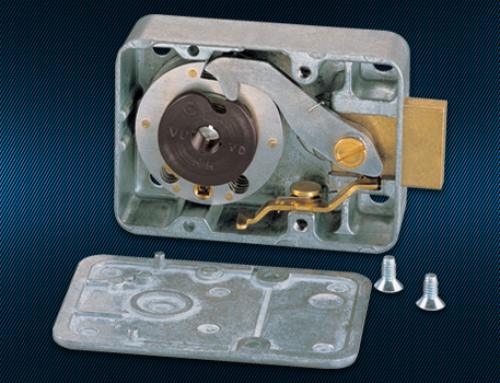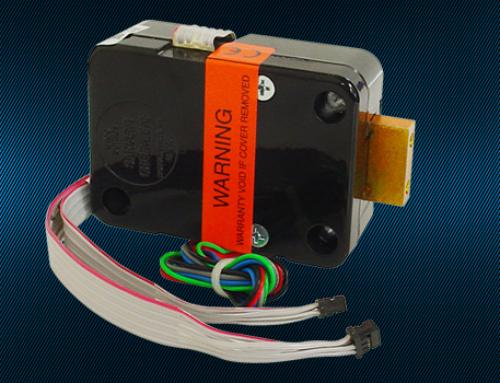Lock Manipulation
When locked out of your bedroom, office, or house you can either force your way back in, and thereby destroy the lock, door, and jamb; or you can call your trusted locksmith and have him manipulate your lock open. There are at least four such non-destructive opening techniques in use today by locksmiths (and lock picking enthusiasts). They are (1) single pin picking, (2) gun or snap picking, (3) bumping or rapping, and (4) key raking. While it is true that there are other tried-and-true non-destructive opening methods in use today (e.g. impressioning and decoding), they will not be discussed here. Furthermore, this post is limited to the four aforementioned techniques as they pertain to pin-tumbler locks only; that is, to locks that use multiple moveable pins to prevent the rotation of a cylinder, plug, or core.
Single pin picking involves (a) applying torque to the cylinder with a tension wrench, (b) finding the driver or top pin that binds the most, and (c) pushing it up past the shear line with a pick. If the cylinder begins to rotate, the first pin is “set”. This process is repeated for the remaining four pins (or five pins in the case of a six pin lock). Locksmiths use a variety of tension wrenches, the most popular ones in use today are the single finger short angle wrench and the single finger medium angle wrench. When it comes to picks, locksmiths tend to favour the diamond pick, the ball pick, the small and large hook picks, and the short and long rake picks.
The pick or snap gun is a very popular non-destructive entry tool among locksmiths (and law enforcement officers). This tool comes in both electric and manual forms, with the latter being the more popular among professional locksmiths. To open a lock with a pick gun (a) a tension wrench is inserted into the bottom of the keyway, (b) the pick needle is inserted into the top of the keyway parallel to the bottom pins, (c) the pick is fired while a light amount of shearing force is applied to the cylinder with the tension wrench. When the gun is fired, the kinetic energy of the bottom pins is transferred to the top pins. This causes them to jump above the shear line. If one applies the right amount of torque at this instant, the top pins will be trapped above the shear line, and the plug will rotate.
In physical terms, bumping or rapping a lock essentially does what a pick gun does, though the former tends to be a lot quicker; and for that reason is the author’s preferred method of manipulation. This technique requires (a) inserting the appropriate bump key into the keyway and then pulling it out one pin position, (b) striking the bow of the key with a bump hammer, and (c) applying torque to the key at the moment it bottoms out in the keyway. If done correctly, the driver pins will jump above the shear line and the plug will turn. Just like when using the pick gun, timing is crucial, so multiple attempts are required before the core will turn. One does not have to use a bump hammer though; people have been known to bump locks with rubber mallets and plastic screwdrivers. The bump hammer however, transfers the energy needed to open the lock more efficiently and does not cause unnecessary damage to the lock or key.
The newest form of lock manipulation in use today is called key raking. Though popular among locksmiths in the UK, rake keys are not yet widely used by North American locksmiths. This opening techniques combines elements of traditional lock picking with lock bumping. To open a lock using a rake key one must (a) insert the appropriate key into the keyway and (b) apply a slight amount of turning pressure to it. These two steps are repeated at varying speeds and with varying amounts of torque on both the in and out strokes. Rake keys comes with either three or five peaks, so if one does not open your lock, the other one most likely will.
Before manipulating a lock it is important to check to make sure that all the pins in the lock respond appropriately to a probe, and that the lock is clean and free of debris. If someone has squirted glue into the keyway or a youtuber has broken off a bobby-pin inside it, none of the above covert opening procedures will work and chances are you will have to either drill the lock or bypass it.









